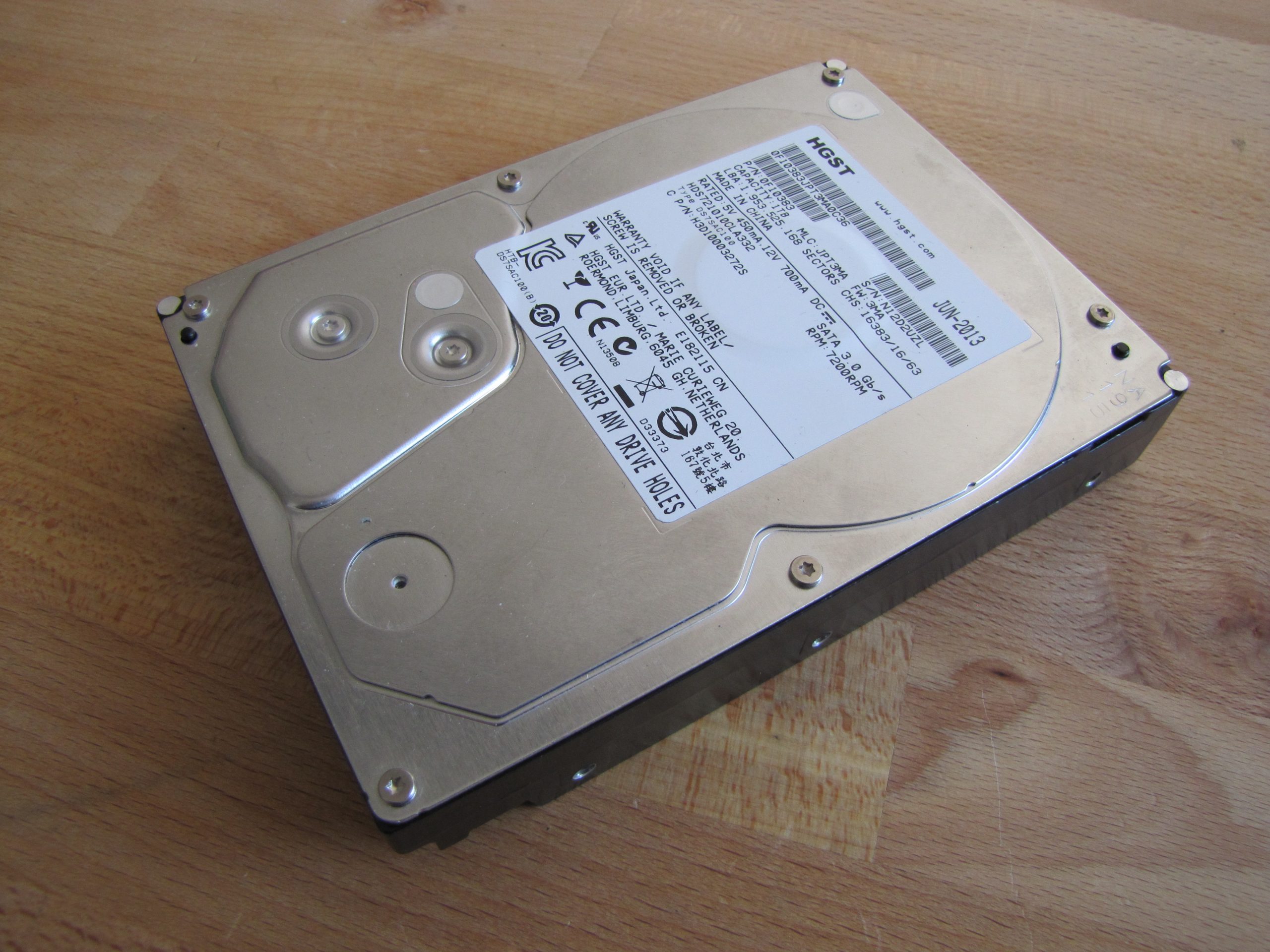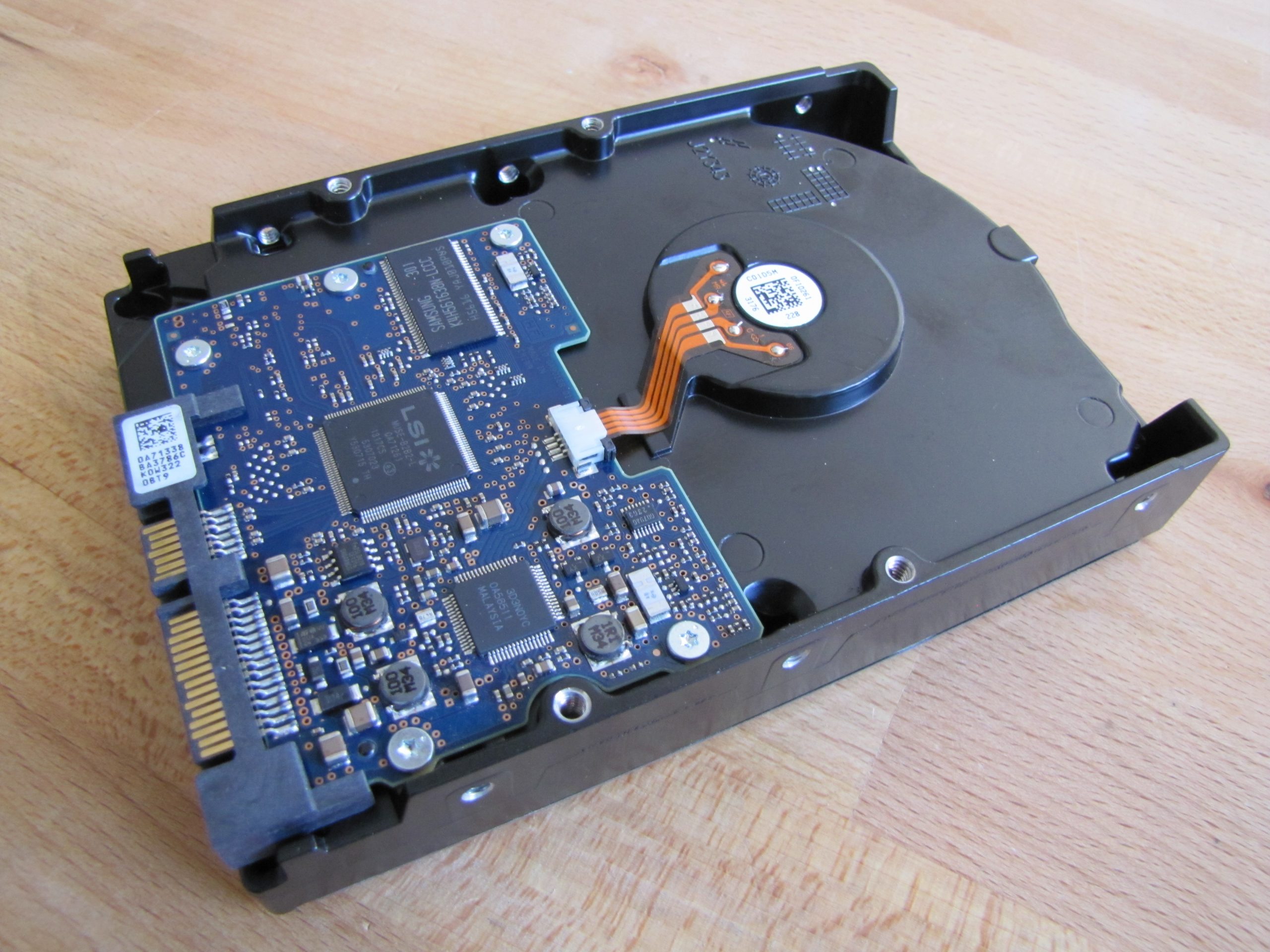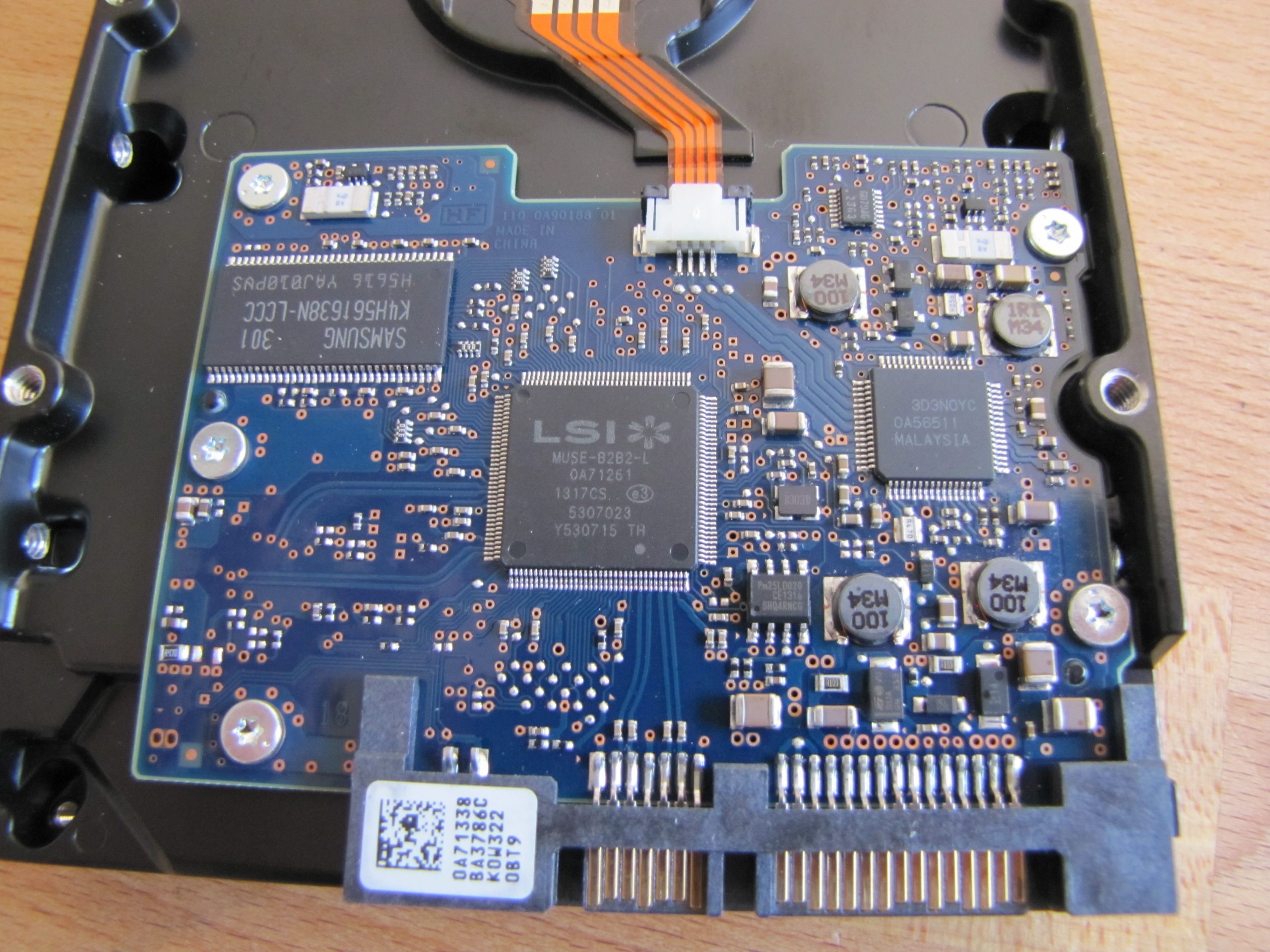HGST were my go-to for many years, up until they were completely dissolved into Western Digital. I purchased this drive brand new back in 2013 to use with my main rig. This was when the SSD/HDD combo was the norm. Of course, this is still fairly relevant today, but much less so in high end rigs. I initially received quite a lot of slack from people I knew for buying this drive. The whole “deathstar” thing (note: future post on the 75GXP) didn’t do IBM nor Hitachi any favours. If anything, I’m quite impressed Hitachi kept the branding going after such a disastrous tale in hard drive history.
Either way, after Backblaze released their reports regarding the reliability of HGST/Hitachi at the time, it shut the nay-sayers up pretty quickly. This ignores the reliability issues Seagate were having at the time, but that’s beyond the point.

Drive Attributes ------------------------------------- HGST Deskstar 7K1000.C HDS721010CLA330 ------------------------------------- Capacity 1TB Mfc Date 2013-06 Interface SATA Platters 2 Heads 4 RPM 7200 Protocol SATA-2 3Gb/s -------------------------------------
This drive design may be recognisable if you’ve purchased any newer Toshiba drives 4TB and under from the P300 line of drives. (this may be relevant in higher capacities at this point) It’s an age-old design which was prevalent in many Hitachi drives and has clearly been quite a reliable standard. Had this drive been a year older, the logo would have said Hitachi, as opposed to HGST. I remember being very confused at the time, not really understanding it was the same company. This seems to be one of the very last drives from the Chinese factory under HGST ownership, before it assumed ownership under Toshiba.

The label itself remains very much unchanged, aside from omitting the Deskstar branding, like Hitachi had done for a couple years already at this point. I will always compliment Hitachi for providing the date of manufacture so clearly, on every drive they’ve ever made. That is, if we ignore the somewhat ambiguous nature of the date codes in pre-IBM era drives.

Amazingly, even though HGST had transitioned to blue coloured PCB’s, as opposed to the timeless green, they had still not flipped the board design at this point. Physical damage is quite easy to do to these boards, ignoring the slightly higher ESD risk involved. This was rectified later of course, but it still surprises me they remained this way for so long. Aside from this, the board is rather boring and looks like every Deskstar PCB since the mid-2000’s.


This drive is in excellent health. Since I retired it from my main machine several years ago, it has mostly just been used as cold storage. I’m not sure what the future holds for this drive, but it most certainly won’t be going to e-waste anytime soon.
Here’s a few files, for the curious:
Hitachi Deskstar 7K1000.C Product Manual (pdf)
Hitachi Deskstar 7K1000.C Drive Specifications (pdf)
If you missed the video I made on this drive, you can find it here: